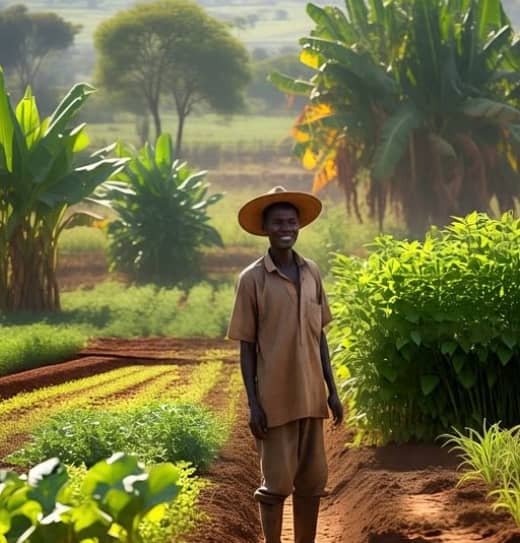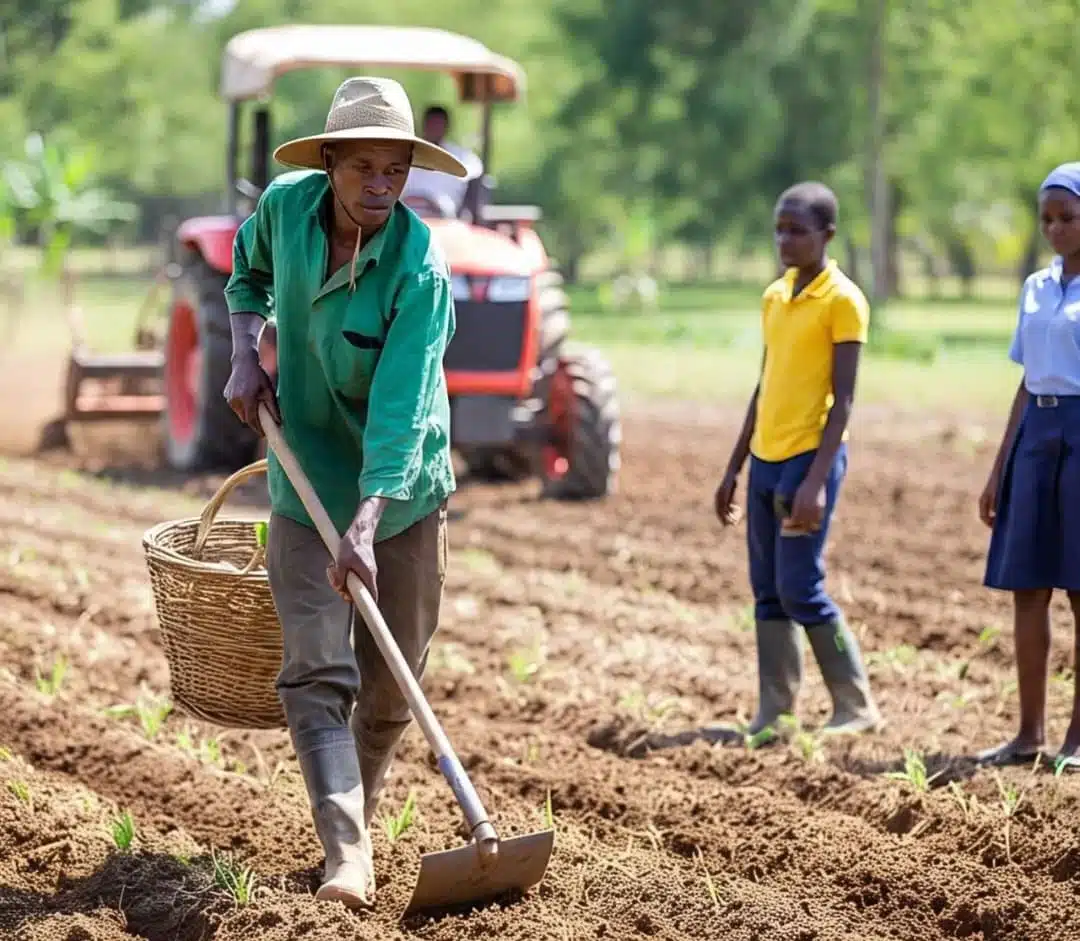Crop Production Quiz for Primary 5 – Test Your Farming Knowledge!
Are you ready to dig deep into the soil of knowledge?
Let’s see how much you remember from our lesson on Crop Production—the roots, the leaves, the fruits… and everything in between!
Topic: Crop Production
Subject: Agricultural Science – Primary 5
Week 2 | First Term
Take This Quick Quiz – Choose the Correct Answer (a, b, c or d)
1. Crop production is the act of ______ crops for food, sale, or industry.
a) burning b) storing c) growing d) cooking
2. ______ crops complete their life cycle in one season.
a) Perennial b) Biennial c) Industrial d) Annual
3. Cassava and yam are examples of ______ crops.
a) leafy b) fruit c) root d) medicinal
4. Bitter leaf and aloe vera are examples of ______ crops.
a) fruit b) industrial c) food d) medicinal
5. A crop that lives for many years is called a ______ crop.
a) biennial b) perennial c) annual d) seasonal
6. Maize and rice are types of ______.
a) legumes b) fruits c) cereals d) roots
7. The classification of crops by use includes food, medicinal, and ______ crops.
a) poisonous b) seasonal c) industrial d) aquatic
8. Tomato is classified as a ______ crop based on morphology.
a) leaf b) fruit c) root d) tuber
9. ______ crops grow and complete their life cycle in two seasons.
a) Perennial b) Annual c) Biennial d) Tubers
10. Okra, pumpkin, and spinach are all types of ______.
a) cereals b) fruits c) legumes d) vegetables
✅ Want the Answers? Scroll Down or Try First and Compare!
Teachers’ Tip: Let your pupils try this quiz during revision, use it in class, or post it on your school WhatsApp group for practice.
Answers to the Quiz
-
c) growing
-
d) annual
-
c) root
-
d) medicinal
-
b) perennial
-
c) cereals
-
c) industrial
-
b) fruit
-
c) biennial
-
d) vegetables
♀️ Related FAQs for Parents & Pupils
-
Effects of Weeds on Farmers to Farmers Agricultural Science Primary 5
-
Agriculture for Kids: The Meaning, Types, and Why It Matters More Than Ever”
✍ Learn More from Lessons Habitat:
-
Importance of Farming Vocational Aptitude Primary 1 Third Term
-
Best Ways to Manage Farm Animals (Feeding, Records, & Sanitation)
Let’s Hear From You!
Did you enjoy this quiz? Drop a comment below or share your score in class. Want more free resources?
Subscribe to our newsletter to get weekly lesson notes, quizzes, and tips!
✨ Lessonshabitat.com – Teaching for Today. Preparing for Tomorrow.











